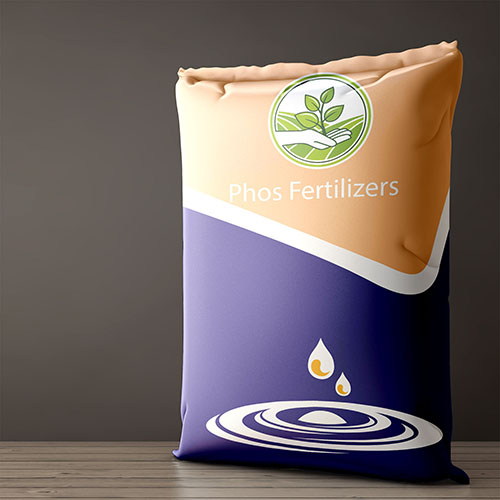Welcome to PhosFertilizers, we hope you will enjoy our products and have good experience
Nitrogen Phosphate
Nitrogen Phosphate

When a lawn care technician goes out with a few hundred gallons of liquid Nitrogen Phosphate and needs to spray 20 different lawns, it might be harder for them to see how much they’re using on each lawn. The calibration may be just a little bit off but in the granular vs. liquid Nitrogen Phosphate debate, this absolutely puts a plus in the granular column.Because granular can be seen on the lawn, it’s easier to ensure that it is applied uniformly. Sometimes companies that are in a rush to “spray and go” may cut corners or fail to spray the product throughout the entire lawn in a consistent fashion (but because you can’t see it, you can’t be sure). With granular Nitrogen Phosphate , when a technician has to treat 20 lawns and dump the material into the hopper on each property, they can get a really good measure on what they’re actually putting down. They can even make small tweaks and adjustments based on their individual application method and speed. This means instead of just squirting something on a lawn and realizing at the end of the day that you’re 50 gallons light, the technician is constantly evaluating where they are at and adjusting accordingly.In addition, because Joshua Tree uses ride-on spreaders for treatments, both the accuracy and the consistency of the application is even greater since the machine drastically limits human error and fatigue (when compared to pushing a spreader or pulling out 200 ft. of hose). These machines are kept properly calibrated in order to produce the best results.Nitrogen Phosphate can provide the nutrients that corn needs to grow. The question of whether granular Nitrogen Phosphate or liquid Nitrogen Phosphate works best for growing corn depends on a variety of factors such as the growth stage of the plants and what equipment an individual producer already has at hand.
